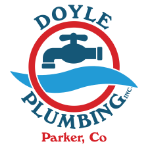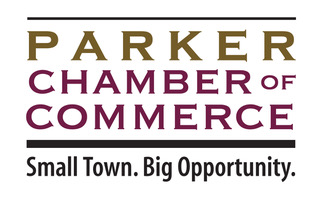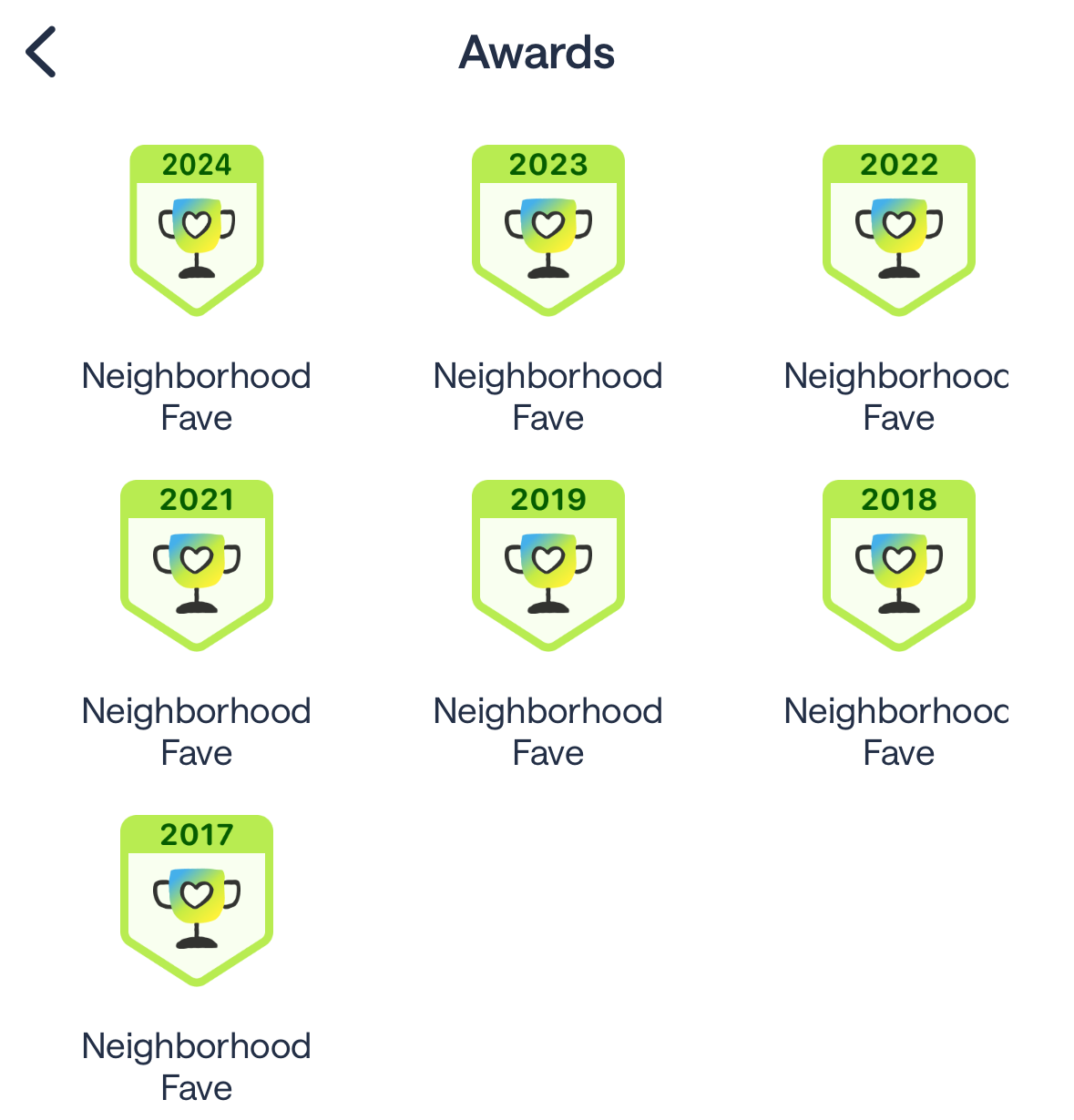Upgrading to eco-friendly fixtures in your home is one of the simplest yet most effective ways to contribute to sustainability, lower energy consumption, and reduce water waste. In today’s world, where environmental awareness is becoming increasingly important, homeowners are looking for ways to make their living spaces greener and more efficient. Fortunately, your plumber can play a crucial role in this process. By helping you install energy-efficient and water-saving fixtures, a professional not only improves your home’s environmental footprint but also ensures that the systems operate optimally for long-term savings and convenience. In this article, we will explore the various eco-friendly fixture upgrades that can benefit your home and how your plumbing expert can guide you through this process.
1.Installing Low-Flow Faucets and Showerheads: One of the most straightforward ways your expert can help make your home more eco-friendly is by replacing standard faucets and showerheads with low-flow alternatives. Low-flow faucets and showerheads use less water without compromising performance, making them a great option for reducing water consumption in the bathroom and kitchen. Experts will be able to recommend the best models that suit your home’s needs while ensuring they are installed correctly to avoid any leaks or water wastage. These fixtures help conserve water by restricting the flow to a specific rate, usually ranging from 1.5 to 2.5 gallons per minute, depending on the fixture type. Installing low-flow fixtures can significantly reduce your household’s water bills and help preserve a valuable natural resource.
2. Upgrading to Energy-Efficient Water Heaters: Another critical area where your professionals can help you achieve an eco-friendly upgrade is the installation of energy-efficient water heaters. Traditional water heaters can consume a large amount of energy to heat your home’s water supply, leading to higher utility bills. However, modern water heaters, such as tankless models and solar-powered systems, offer a much more energy-efficient alternative. Tankless water heaters heat water on demand, eliminating the need to store hot water, which can lead to energy savings by reducing standby heat loss. Solar water heaters use renewable energy from the sun to heat water, which can further lower energy consumption and reduce your home’s carbon footprint. By working with your expert to choose the right energy-efficient water heater for your home, you can enjoy the benefits of lower utility bills and a more eco-conscious home.
3. Installing Dual-Flush Toilets: Toilets are one of the most water-intensive fixtures in any home. A dual-flush toilet offers a simple yet highly effective solution to this issue. These toilets feature two flush options: one for liquid waste (low water usage) and one for solid waste (higher water usage). By installing a dual-flush toilet, experts can help you reduce the amount of water used per flush, which can add up to significant water savings over time. On average, dual-flush toilets can save up to 4,000 gallons of water annually per household, making them a wise investment for eco-conscious homeowners. Additionally, dual-flush toilets come in a variety of modern designs, ensuring that functionality is not sacrificed for aesthetics.
4. Switching to Eco-Friendly Sinks and Bathtubs: Another way to upgrade your home’s plumbing and make it more eco-friendly is by installing water-efficient sinks and bathtubs. Water-saving sinks use aerators and other technologies to reduce water flow while maintaining a strong stream of water for daily tasks. Similarly, eco-friendly bathtubs are designed to use less water while providing a comfortable bathing experience. When upgrading to eco-friendly fixtures in your bathroom, your plumbing expert can assist with selecting models that conserve water while also ensuring a high level of comfort and usability. These fixtures are designed to use fewer gallons of water per minute, making them an excellent choice for any home looking to reduce its water usage.
5. Smart Home Integration for Plumbing: Incorporating smart technology into your plumbing system is an innovative way to improve the eco-friendliness of your home. Smart water systems, such as water leak detectors, programmable showerheads, and smart faucets, allow you to control water usage more efficiently and keep track of potential issues. For example, a smart water leak detector can alert you to any leaks in your pipes, preventing water waste and reducing the risk of costly damage. Additionally, some smart faucets can automatically turn off when not in use or adjust water temperature, ensuring that water is only used when needed. By working with your plumbing technician to integrate smart technology into your plumbing system, you can enhance your home’s sustainability while enjoying added convenience.
Upgrading to eco-friendly fixtures is not only a smart decision for the environment but also a practical way to reduce your utility bills and improve the overall efficiency of your home. Whether it’s installing low-flow faucets and showerheads, upgrading to an energy-efficient water heater, or implementing smart plumbing technology, there are numerous ways your plumber can assist in making your home greener and more sustainable. These upgrades also contribute to enhancing the value of your property, making your home more appealing to potential buyers if you plan to sell in the future. Working with a professional ensures that the installation of these eco-friendly fixtures is done correctly, allowing you to enjoy their benefits for years to come. Don’t wait to make a positive impact on your wallet and the environment—consider upgrading to eco-friendly fixtures today!
Are you looking to upgrade to eco-friendly fixtures? Contact Doyle Plumbing, your trusted plumber at 720-638-8839, and start saving water and energy with expert fixture installations today! Call us for immediate assistance!















